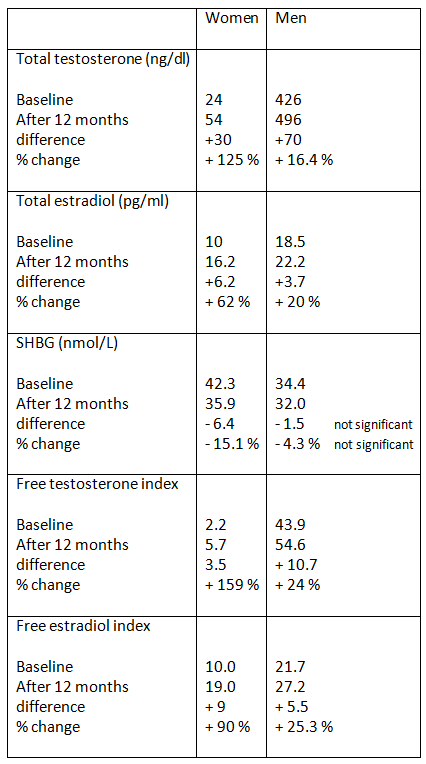Back in 2007 when I release 2 studies at the ISSN proving products claims in relation to creatine and new forms where fake I was attacked online and by legal letters for the associated companies. However, 2009 seems to be the year our initial research is been proven right.
There is an up-coming paper proving CEE is no where near as effective as Creatine Monohydrate and changing muscle concentrations, and why? Well surprise, surprise its unstable and breaks down to creatinine (just as I had said in our so called non-physiological studies in 07). Now it seems one of the worlds largest sport nutrition companies has been found liable for selling a fake form of CEE.
In a significant blow to sports supplement maker BSN, a federal district court in California has certified a class action against the company. In the lawsuit, the company is charged with fraud for selling products that falsely claim to contain a “new and improved” form of creatine called CEM3 or “Creatine Ethyl Ester Malate.”
The charge against BSN is significant. According to the decision, experts for the plaintiff, Michael Rivera, “the claim that CEM3 does not exist and is impossible to manufacture“. Moreover, BSN failed in their attempts to prove these experts were wrong in there conclusions about CEM3.
The court’s comments regarding the evidence of fraud do not look good for supplement leader BSN and are as follows:
Rivera has provided sufficient circumstantial evidence at this point for the Court to find that the trier of fact might reasonably infer that the plaintiffs relied on false representations. In addition to the labels, advertising campaign, and declarations, Rivera has put forth evidence that the year after BSN starting advertising CEM3 in its products, sales of Cellmass increased 1,578%, sales of Nitrix increased 512%, and sales of N.O.-Xplode increased 177%. The trier of fact might reasonably infer that the sales increase was due to BSN’s representations regarding CEM3.
In addition, the court finds that a jury could conclude that a reasonable person presented with a label listing CEM3 and/or advertisements regarding the superiority of CEM3 would have relied on those representations. Therefore, if the trier of fact finds that such representations were in fact made to the plaintiffs, an inference of justifiable reliance by each class member would arise.
It will be interesting to see where this case finishes and if BSN will re challenge the courts decision. Based of similar cases this could be a costly case both financially and for BSN’s fan’s.

MD Legal Foods | Nutritional Biochemist | Food Law Expert | Sports Nutritionist | Ironman Triathlete |

 It’s been three years since Will posted this on the...
It’s been three years since Will posted this on the...


Great post. I was waiting to see what would happen with this one. It’s frustrating trying to help consumers understand the decisions for a supplement purchase. There’s a lot of new stuff out there and up-coming research but CEE had no proof behind it except for supplement companies.
I’m glad I stuck with creatine mono until such a time, there’s something else that has some glimpse of proof behind it.
Nice write-up!
It’s funny, CEE is already a worthless form of creatine. It’s like selling a fake of a scam. What an industry!
Sure there was proof – proof it didnt work! Some people just don’t want to hear the science! Crazy!
Ironically, one of Rivera’s expert witnesses is Jonathan Vennerstrom…one of the original U of Nebraska profs who got the whole CEE craze rolling in the first place.
Even the word Irony fails to really cover that….argh….
Woah… I am really digging the design-idea for the blog. It is very simple, though great. Very often it’s tough to obtain this balance concerning user friendliness and appearance. I must say that you’ve performed an amazing job with this. In addition, the blog starts super fast for me upon Internet explorer. Outstanding Blog.
I am really enjoying reading your well written article. It looks like you spend a lot of effort and time on your blog. I have bookmarked it and I am looking forward to reading new articles. Keep up the good work.